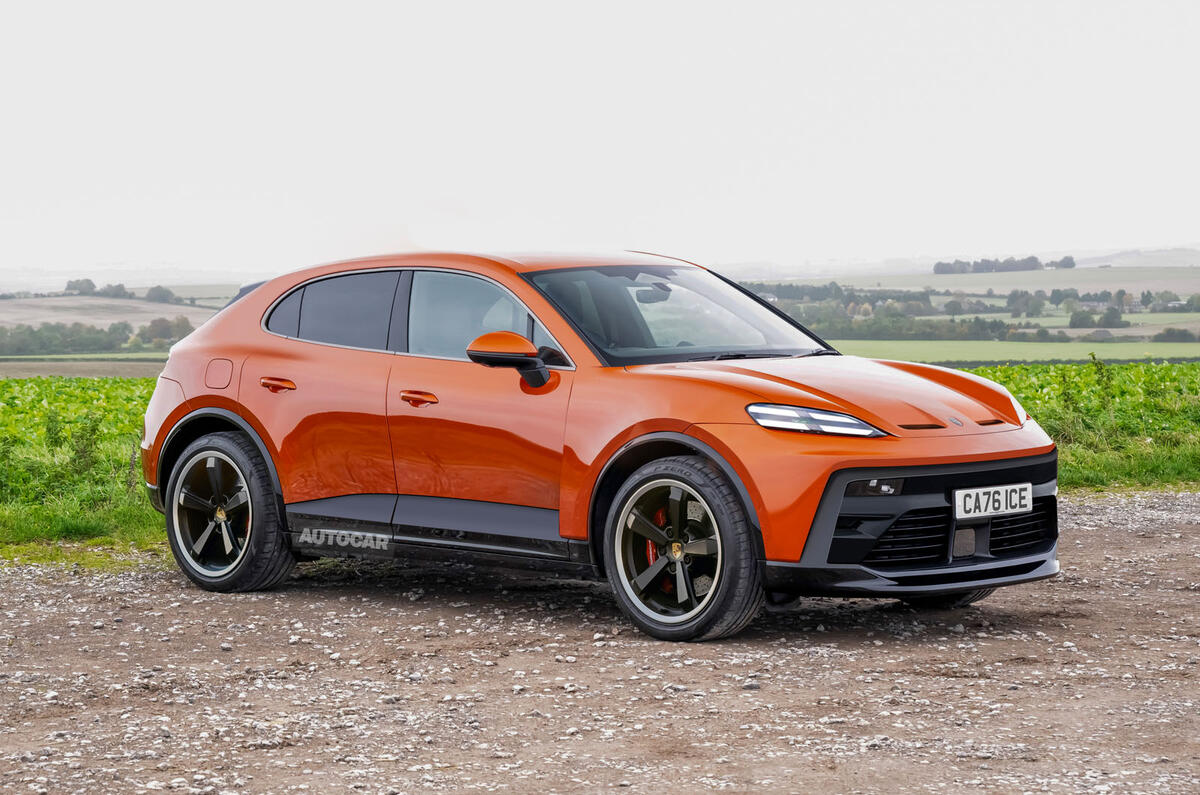Porsche is set to break with 94 years of tradition in 2028 when it launches a replacement for the combustion-engined Macan, which will be its first production car with drive biased towards the front wheels.
The new SUV, known as M1 within Porsche circles, is a successor to the ICE Macan, which was pulled from sale in mainland Europe in July 2024 after it failed to meet new cybersecurity rules. Production of the model for other global markets, including the UK, will end next summer.
The M1 will be twinned with the third-generation Audi Q5 and sit on the Premium Platform Combustion (PPC) architecture of the pair’s Volkswagen Group parent.
It will also adopt the similarly sized Q5’s Quattro Ultra drive system. But instead of heavily re-engineering it to offer a rear-biased four-wheel drive system – as Porsche did with the first Macan – it will instead be used largely unmodified for cost reasons.
So, unlike the outgoing ICE Macan’s Porsche Traction Management set-up, which is engineered to send most of its power to the rear wheels, drive in the M1 will primarily be sent to the front axle, with the rear wheels engaging only when sensors detect impending traction loss, marking a radical shift in Porsche’s engineering philosophy.
The SUV will form part of the company’s bid to counter stalling sales and profits. The Q5 tie-up will help the new five-seater to be fast-tracked through development in response to weaker than expected demand for the electric Macan (25,884 global sales in the first half of 2025) and a general softening in the global uptake of electric cars.
![]()
Although the M1 is intended to occupy a similar market position to the first-generation Macan, it won’t be offered with an electric option. That space will continue to be filled by the Macan EV, which was launched last year.




Join the debate
Add your comment
I recall BMW, Jaguar and Mercedes when they launched front wheel drive versions. Only a few car journalists cared. Real people buying cars couldn't care less as long as it looked decent, nice interior and was comfy. They did a survey of BMW buyers a while back. 87% had no idea if their car was front or rear wheel drive. Only the x drive buyers knew it was 4WD as they'd paid extra!
I agree with superstevie, most people won't be worried. In difficult circumstances, such as slippery twisty roads in winter, front drive bias is safer anyway.
Other than motoring journalists, will any one really care? Buyers most probably won't notice any difference as they tailgate the car in front of them on the M6
Much like most Range Rover buyers don't care how far off road their cars will go, I doubt most Macan buyers are interested in the handling limits of their cars. It's primarily the image and luxury buyers want. It would however be different if they were suggesting a FWD Cayman or 911.